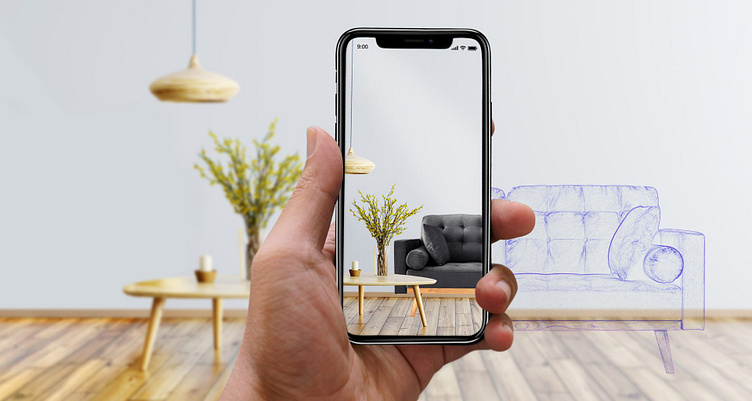How to Use Shopify Augmented Reality to Increase sales
Using Shopify augmented reality (AR) to increase sales involves leveraging AR technology to enhance the online shopping experience and drive customer engagement. Here's a step-by-step guide on how to effectively use Shopify AR to boost sales:
Select the Right Products: Identify which products in your Shopify store would benefit most from AR integration. Products that customers typically want to see in real-life settings or interact with before purchasing, such as furniture, home decor, apparel, accessories, or beauty products, are ideal candidates for AR.
Choose an AR Integration: Explore AR platforms or apps that seamlessly integrate with Shopify. Look for solutions that offer features like 3D product visualization, virtual try-on, or interactive product experiences. Shopify's App Store is a great place to find AR apps and plugins tailored to your business needs.
Create High-Quality AR Content: Invest in creating high-quality 3D models or AR experiences for your products. Work with designers, photographers, or AR specialists to ensure that your AR content accurately represents your products and provides a compelling virtual shopping experience.
Integrate AR into Product Pages: Add AR functionality to your Shopify product pages, allowing customers to interact with AR content directly on your website. This could involve embedding AR viewers, buttons, or QR codes that trigger AR experiences when scanned with a mobile device.
Provide Clear Instructions: Include clear instructions on how to use the AR feature on your product pages. Educate customers on how to access AR content, such as scanning QR codes, tapping AR buttons, or using AR-enabled devices like smartphones or tablets.
Promote AR Features: Highlight the AR capabilities of your products in your marketing efforts. Use social media, email newsletters, and other channels to showcase AR-enhanced product experiences, customer testimonials, or behind-the-scenes content related to your AR integration.
Offer Personalization and Customization: Use AR to offer personalized or customizable shopping experiences. For example, allow customers to customize product options like colors, patterns, or engravings in AR before making a purchase, enhancing their sense of ownership and satisfaction.
Optimize for Mobile: Ensure that your Shopify store and AR experiences are optimized for mobile devices, as most customers will likely access them on smartphones or tablets. Test your AR features across different devices and screen sizes to provide a seamless user experience.
Collect Feedback and Iterate: Gather feedback from customers about their AR shopping experiences and use it to refine and improve your AR integration over time. Pay attention to metrics like engagement, conversion rates, and customer satisfaction to measure the effectiveness of your AR efforts.
Monitor Performance and ROI: Track key performance indicators (KPIs) related to your AR integration, such as sales attributed to AR interactions, customer engagement metrics, and return on investment (ROI). Use this data to assess the impact of AR on your sales and make informed decisions about future investments in AR technology.
By following these steps, you can effectively leverage Shopify augmented reality to enhance the online shopping experience, drive customer engagement, and ultimately increase sales for your e-commerce business.
